Holy Jesus Hospital
Building In Newcastle City Centre, Tyne And Wear
A hospital built on the site of a 13th century Augustinian Friary to house the "poor freemen" of Newcastle.
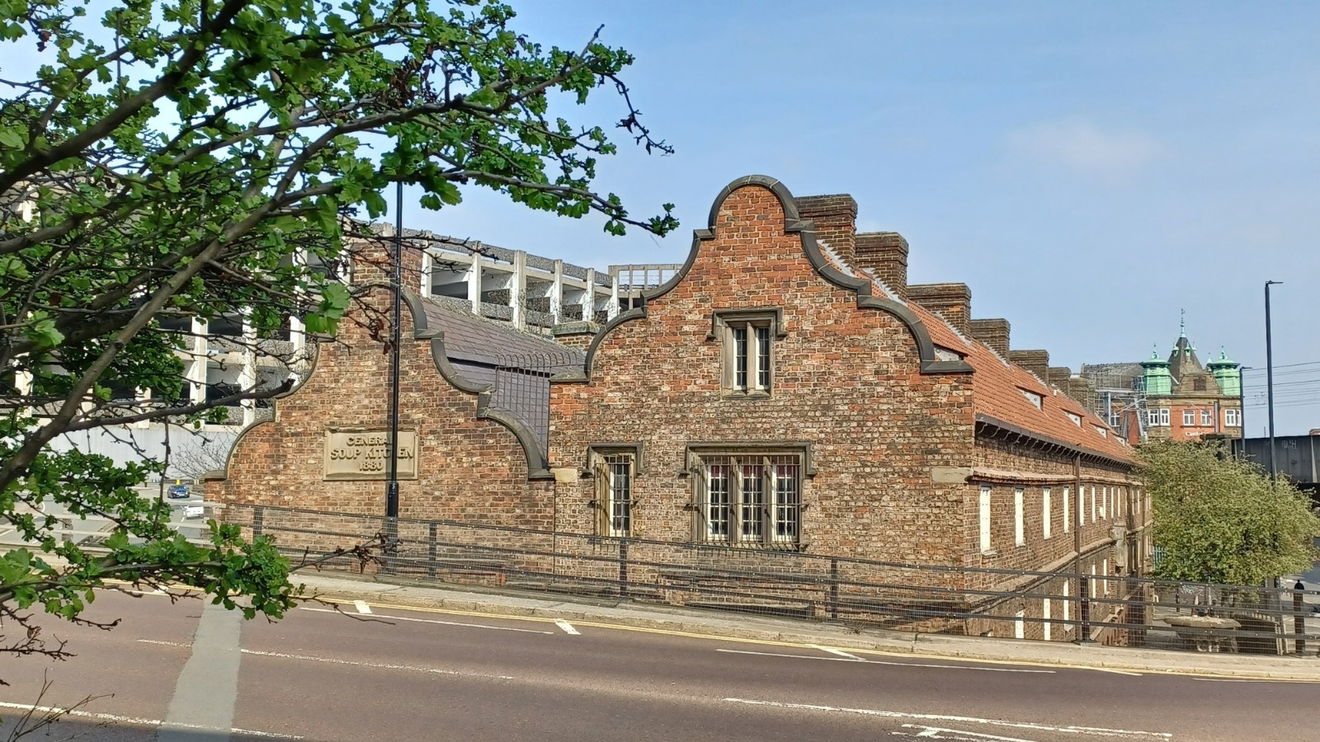
The Holy Jesus Hospital site history stretches back to the 13th century, where an Augustinian friary flourished, offering solace and spiritual guidance to the locals. In 1291 the land was donated by William Baron to found the friary, which allowed the friars to act as educators, doctors and counsellors. The friary also acted as a lodging house due to its location on one of the main roads north. It is thought by some that the Kings of the day would use the friary as a base when they travelled north to confront Scottish armies.


After the Dissolution of the Monasteries in 1536, the site lay dormant for nearly a century, although in 1537 Thomas Cromwell asked that the friary be left intact to house the King's Council in the North when it wasn't sitting in York, but this rarely happened.
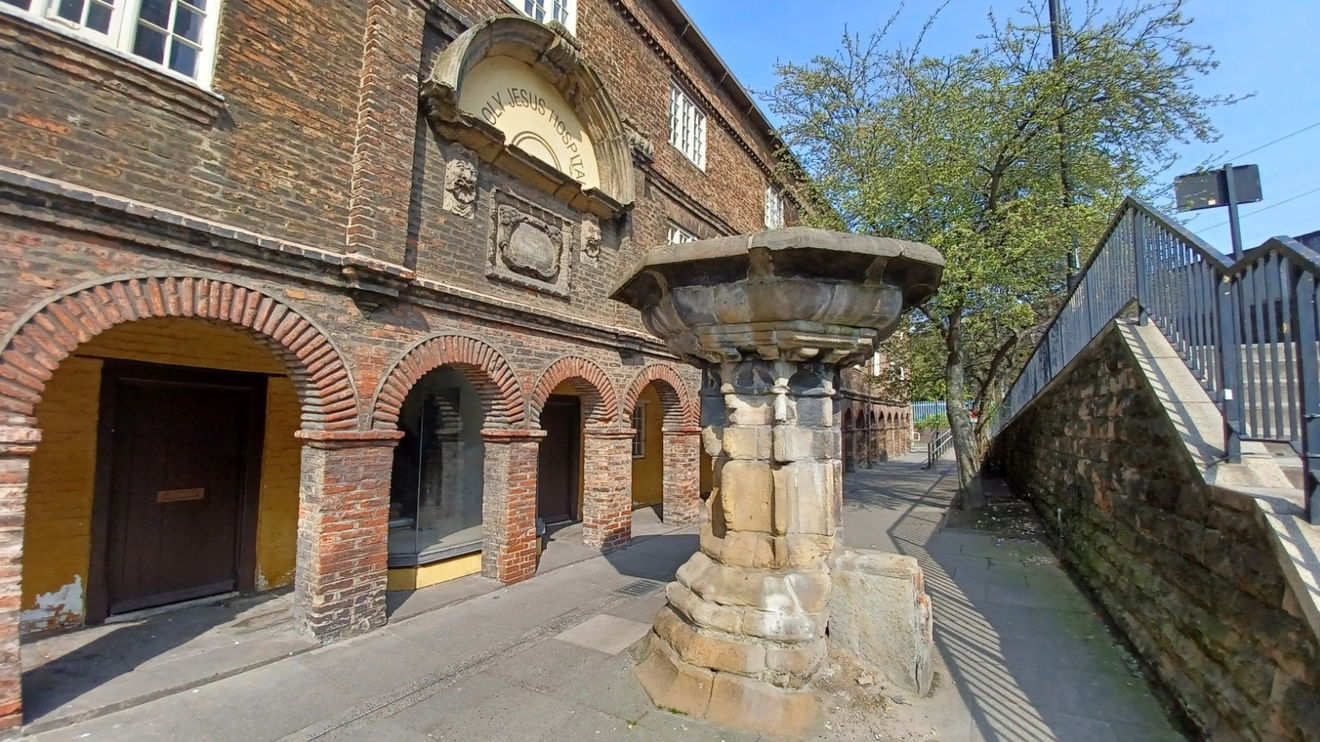
In 1681, a new chapter unfolded with the construction of the Holy Jesus Hospital on the friary site. Driven by public subscription and fuelled by a desire to help the underprivileged, it became a haven for "poor freemen", retired tradesmen who fell on hard times. The building housed 42 residents, offering them shelter, food, and a sense of belonging.
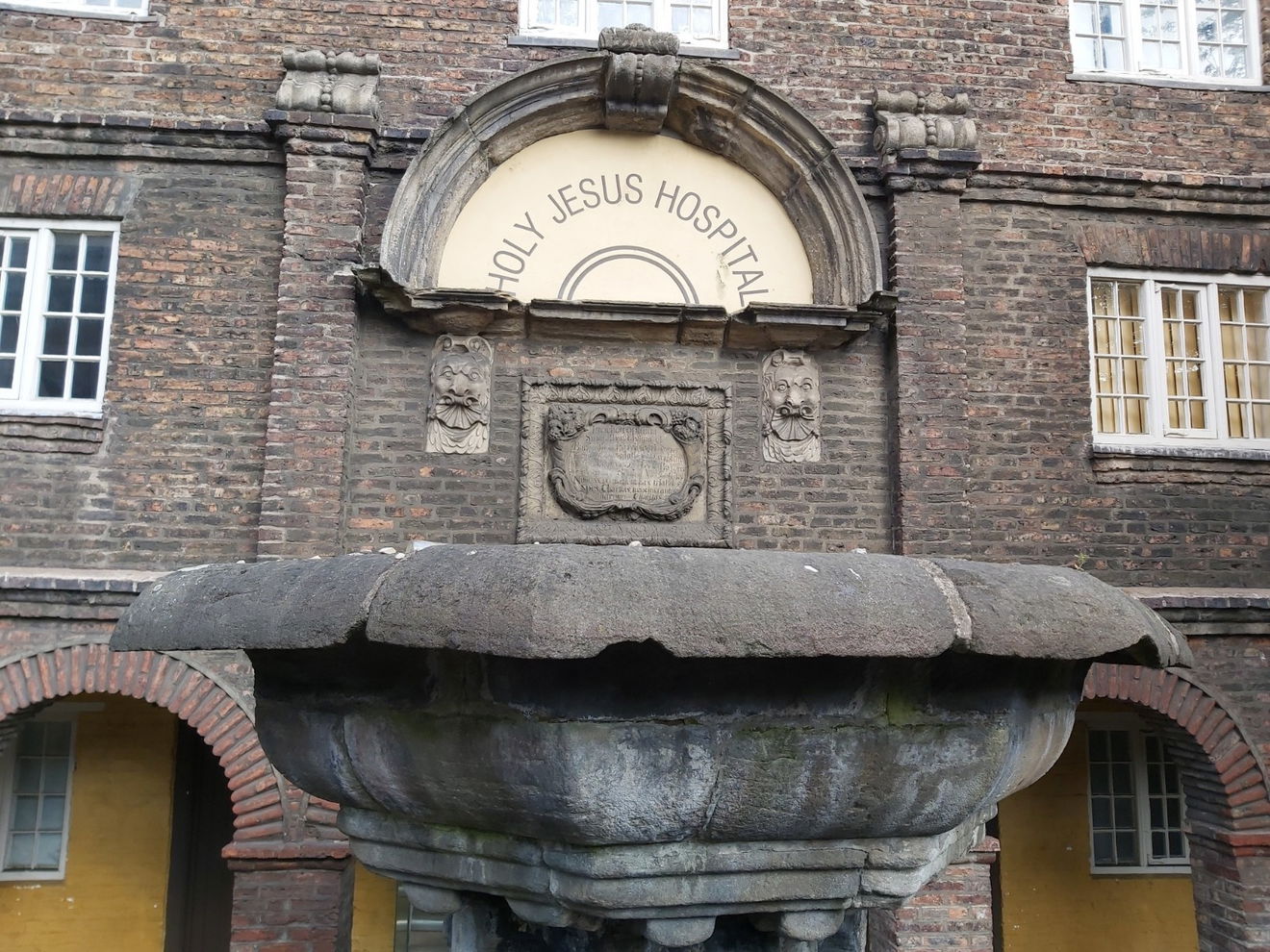
The frontage of the building has a carved stone plaque, written in Latin, which translates as;
“Hospital for poor people by the expense of the citizens and leaders of Newcastle upon Tyne in the year of salvation 1683. Built by Timothy Robson, Mayor, John Squire Sheriff, but now only remains the three of Faith Hope and Charity, and the greatest of these is Charity.”
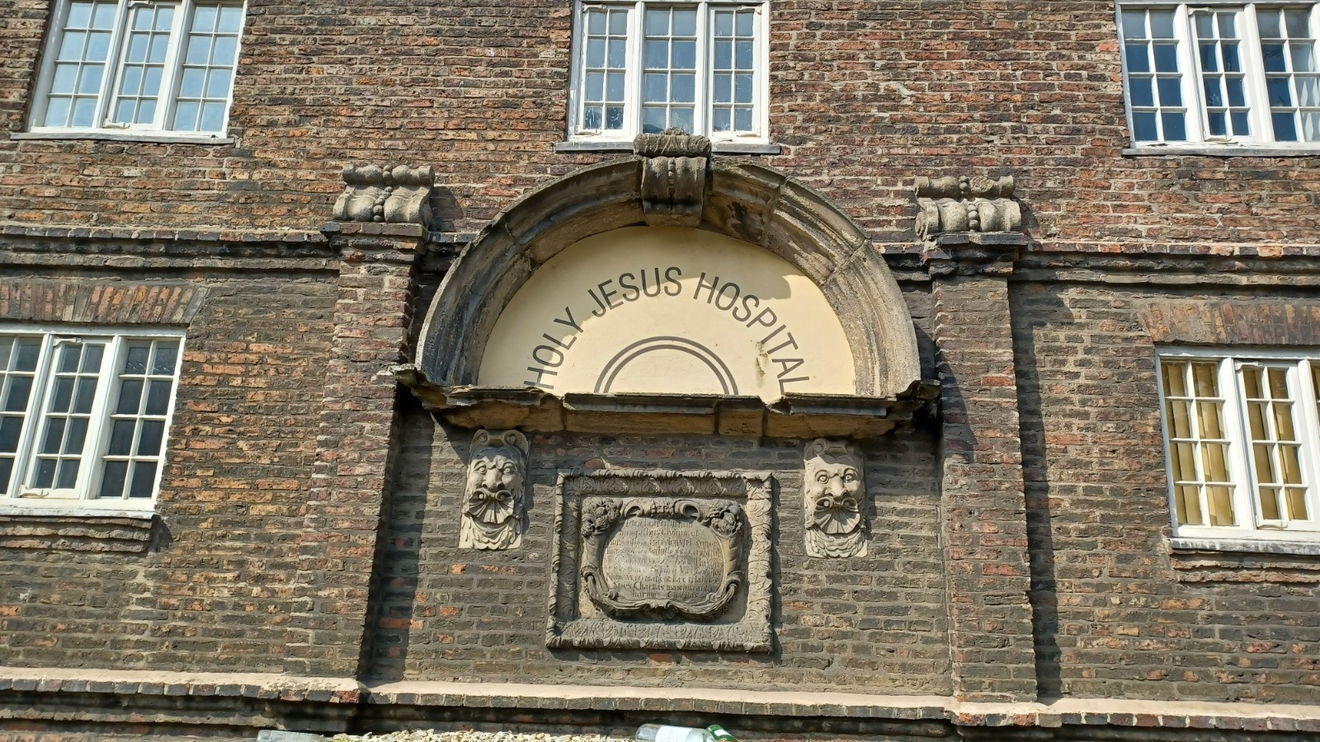
Stepping into the hospital in its heyday would reveal a life defined by order and routine. Residents lived in single rooms, each equipped with a fireplace and basic furniture. Daily prayers and communal meals fostered a sense of community. The master, appointed by the town council, oversaw the hospital's affairs, ensuring residents followed strict rules and regulations. Though life might have been simple, it offered security and dignity to those who needed it most.
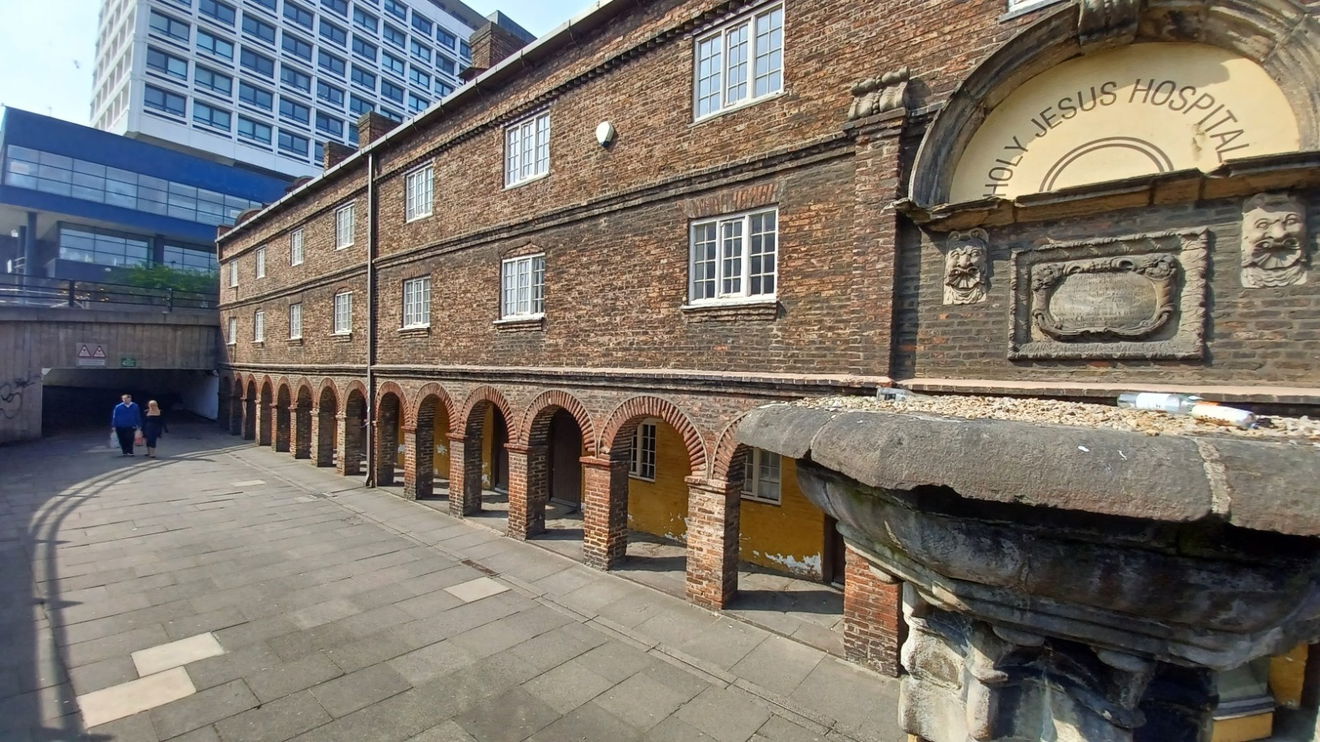
As social and economic landscapes changed, the hospital adapted. In the 19th century, a soup kitchen was added, providing nourishment to the city's impoverished during harsh winters. In 1913, the hospital transitioned into a commercial space, housing a chemical manufacturing company. This marked a shift from direct care to generating income for the upkeep of the building. Between 1971 and 1993 the building housed “The John George Joicey Museum” before it closed and the exhibits were moved to the Discovery Museum.
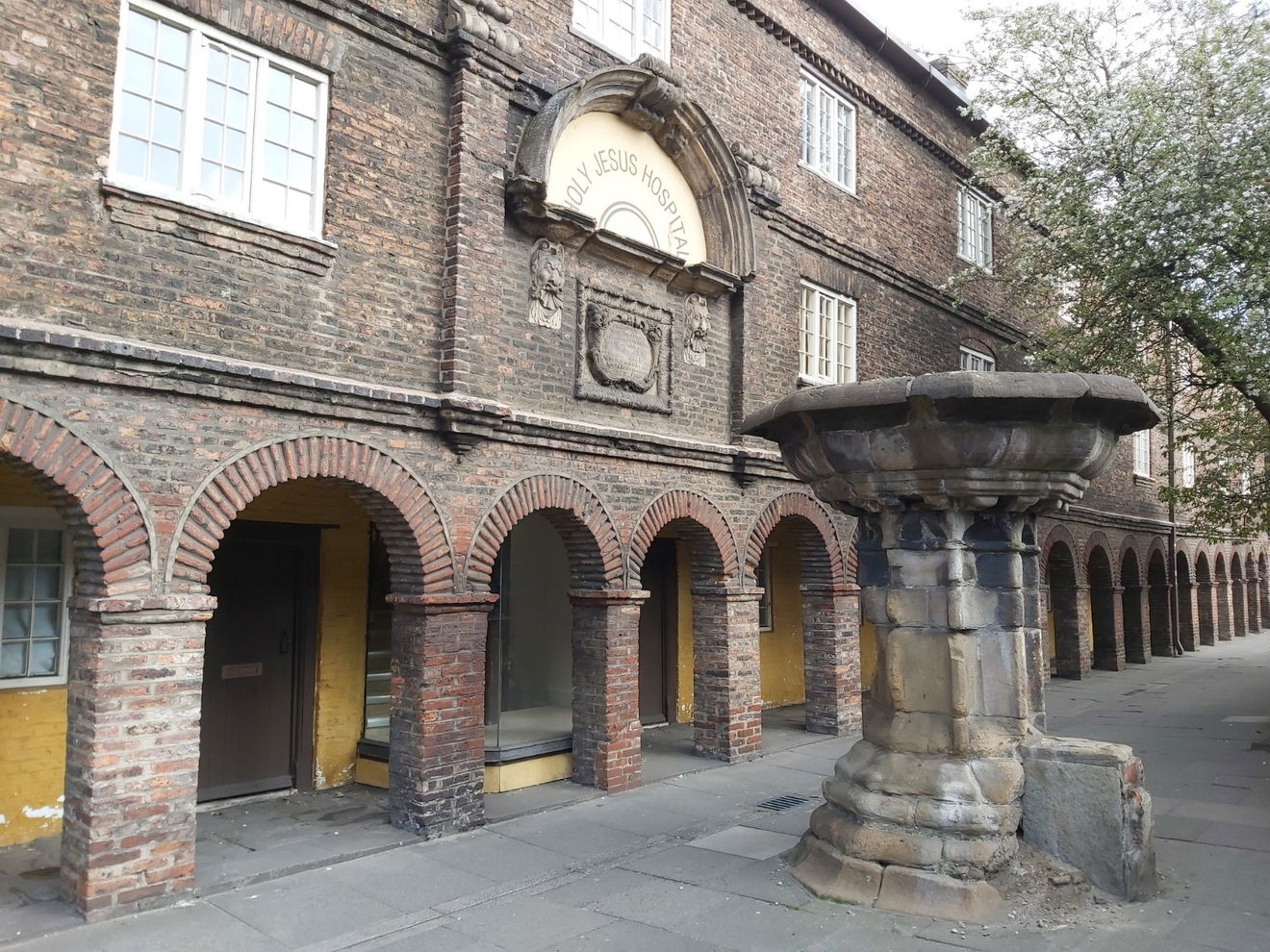
The hospital's architectural style is a fascinating blend of periods. The core building, constructed in 1681, reflects a simple Georgian aesthetic with symmetrical brickwork and arched windows. The attached soup kitchen, built in 1880, showcases elements of Victorian Gothic revival, evident in its pointed arches and decorative brickwork. It still retains architectural elements from many previous centuries, including a 14th-century sacristy wall and 16th-century tower connected with the King's Council of the North. It is also one of only two intact 17th-century brick buildings that survive in the city, the other being Alderman Fenwick's House. These contrasting styles stand as a testament to the building's evolution and adaptation through time.
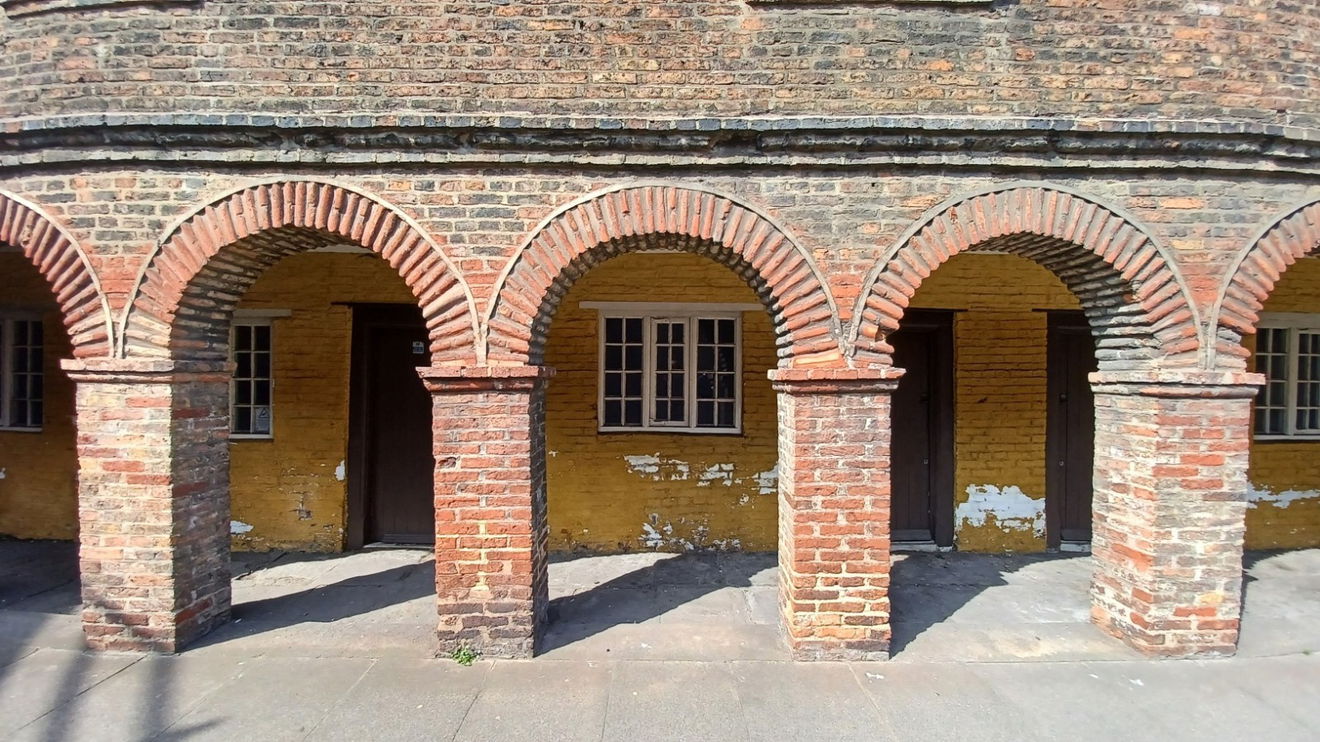
Recognizing its rich history and architectural significance, the National Trust acquired the Holy Jesus Hospital in 2000. Extensive restoration efforts in 2003 brought the building back to life, showcasing its unique character. Today, it serves as a working office, but its past remains ever-present. Public tours occasionally offer a glimpse into its history, while events and exhibitions occasionally breathe life into its historic spaces.
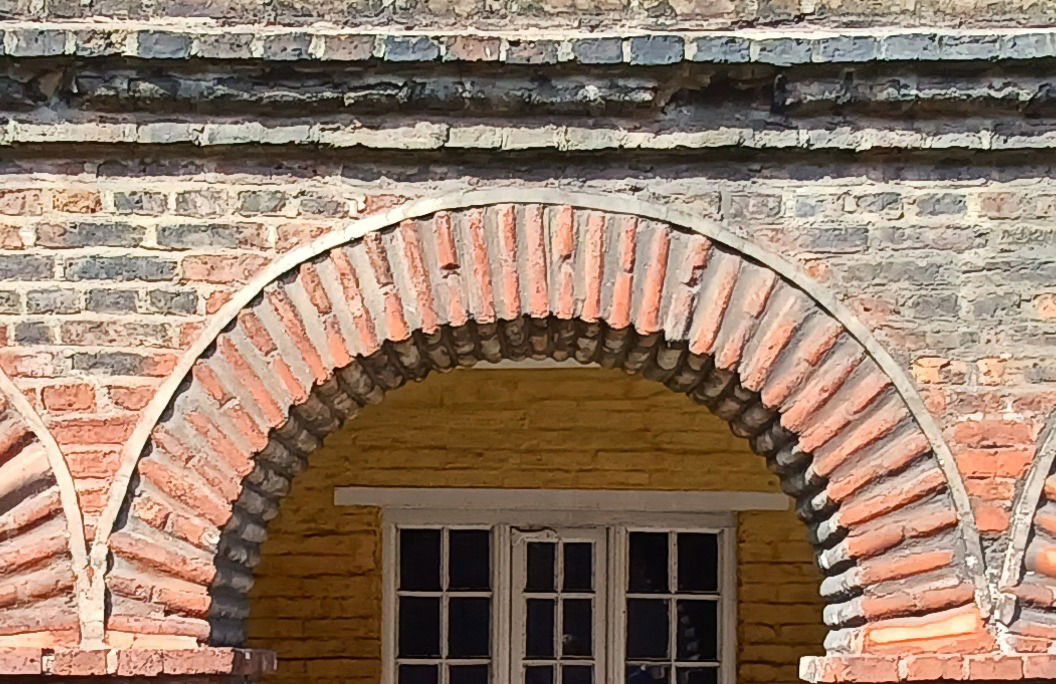
Get 2 points if you have visited this place. Already visited by 156 VIPs.
Login to the VIP area to add places to your bucket list, mark them as visited and more importantly see where you rank on the league table.
How To Find Holy Jesus Hospital
Where Is Holy Jesus Hospital?
Lat / Long
54.971553, -1.607455
What three words
Where To Park For Holy Jesus Hospital?
Lat / Long
54.972577, -1.606609
What three words
Parking is available adjacent to the site in the Manors Multi Storey Car Park.
Contributed by Andrew Gardner
I love being outdoors, in nature, and experiencing the relaxation it brings. Wandering through the northern countryside seeing unexpected buildings, historic places and occasionally surprised wildlife is one of life's great pleasures.
More Places from Andrew
More Places In Newcastle City Centre
Find more fabulous places in Newcastle City Centre, Tyne And Wear and if you know of a place we haven't listed, then let us know.
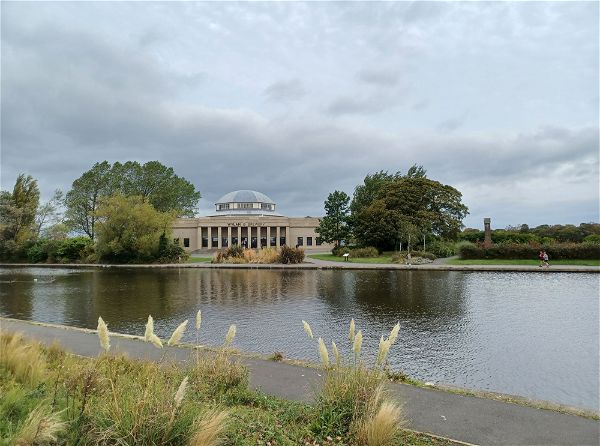
Exhibition Park
Landscape Newcastle City Centre Tyne And WearA 15 hectare public park, right in the centre of Newcastle, dating from the 1880s and associated with, and named after two major exhibitions, the Royal Jubilee Exhibition of 1887 and the 1929 North East Coast Exhibition.
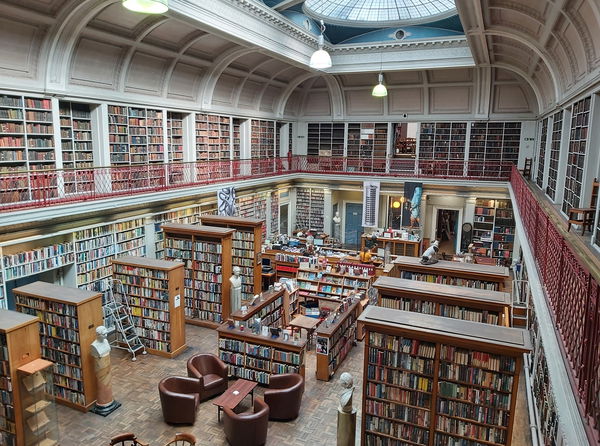
The Lit and Phil
Building Newcastle City Centre Tyne And WearAn independent Library, the largest outside of London, in the centre of Newcastle established in 1793, opened in 1825 and home of Newcastle Literary and Philosophical Society.
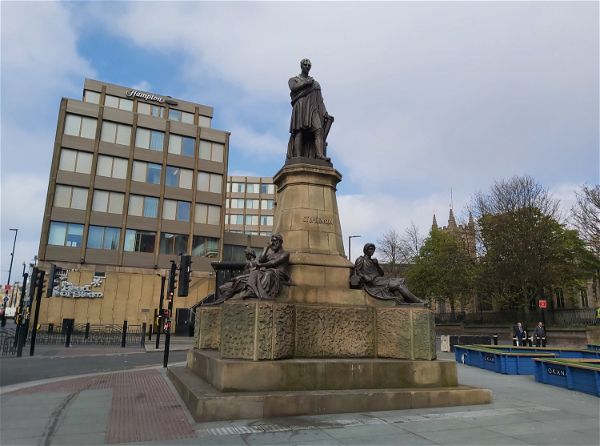
George Stephenson Monument
Statue Newcastle City Centre Tyne And WearStatue dedicated to George Stephenson at the junction of Westgate Road and Neville Street.
More Buildings
So this building wasn't enough and you want more? Don't worry we have you covered.
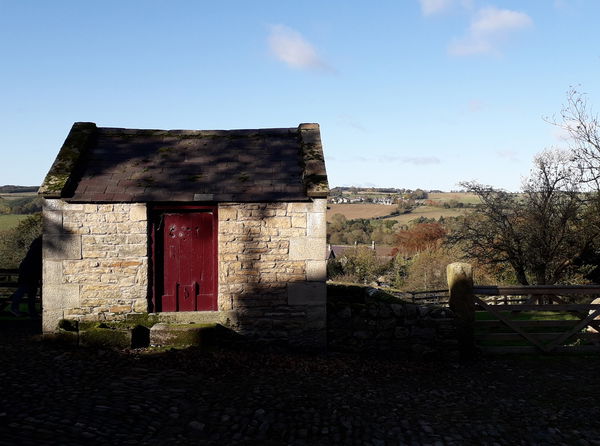
Cherryburn
Building Stocksfield NorthumberlandThe birthplace of Thomas Bewick, the famous wood engraver and ornithologist.

Newcastle City Walls
Building Newcastle City Centre Tyne And WearRemains of the 14th century walls that were built around Newcastle Upon Tyne.

Kepier Hospital
Building Durham County DurhamAn enchanting gatehouse and remains of a Medieval almshouse and hospital on an elbow of the River Wear in Durham.
Never Miss A Fabulous Place
If you are afraid of missing out on all the fabulous places we post, or just want to be the first to know, then sign up to the Fabulous North.
Each week we will email you all the brand new places that we visit.
Sign Up To AlertsFind Us On Facebook
We post all our new places daily on our Facebook Groups page, so join the group today and be notified when we add a new place.
Join Our Facebook GroupHoly Jesus Hospital was listed in Building // Tyne And Wear // Newcastle City Centre

